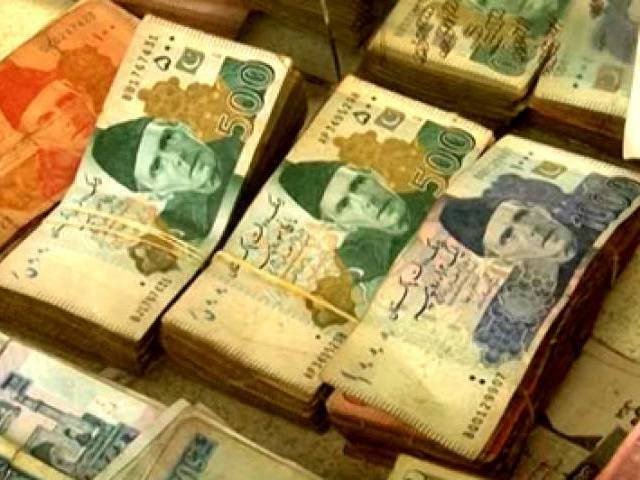
Thanks to some positive initiatives taken by the current management of the department, the Khyber-Pakhtunkhwa (K-P) government stands right now in a stable position.
Owing to a sudden cash crunch in the first quarter of the 2017-18 fiscal year – with the province’s financial reserves falling to dangerous levels in August, the department was forced to announce unexpected austerity measures.
This included a 25 per cent cut in developmental funds of the province. But the department soon withdrew the notification, fearing a heavy political backlash.
However, the political leadership took on the mantle to plead the province’s case at any and every forum it could.
They kept repeating how the 95 per cent of the province’s money comes from the federal government in lieu of Net Hydel Profit (NHP) – profit from the hydel power generated in the valleys of the province. Islamabad, Peshawar would claim, had held some Rs16.8 billion which the federal government owed K-P from 2016-17 and some portion of the current fiscal year.
K-P managed to successfully exert political pressure on the centre to release at least some of this money and the Federal Tax Assignment. This helped improve the province’s fiscal condition, at least in the second quarter of the fiscal year and last quarter of the calendar year.
Moreover, the finance department traced Rs82 billion stashed in what they claim are designated accounts of various departments but had been hidden in private banks.
The finance department said that it has so far recovered Rs13 billion from this stash and the departments holding this money have been asked to use it to fund their developmental projects rather than asking for additional funds.
The department hopes to recover another Rs7 billion by the end of the current financial year.
Senior officials of the department say the initiative has a long-term advantage since it has helped bring financial discipline and visibility to all such monies which would fall out of the government’s money tracking system and leave unspent.
However, the finance department’s biggest challenge still remains its ability to control the ballooning wage and pensions bill.
The provincial government has had a very busy year with rapid upgrades apart from regularizing services of thousands of employees. As per the budget, the government’s salary bill stands at Rs218 billion, pensions account for a further Rs53 billion.
The government okayed upgrades and regularization of some 70,000 government employees – including a major chunk from the police force, announcing the appointment of 45,000 teachers at schools through the National Testing Service in addition to appointing hundreds of doctors and other staff at health centres across the province.
Moreover, the provincial government had in the budget enhanced minimum wage to Rs15,000.
This has exponentially increased the burden on the exchequer.
The rapid increase in pensions and salaries has squeezed the size of the province’s developmental portfolio and demands concrete steps on the part of the government to either control it or make alternative arrangements.
Prioritising development
Despite the massive wage bills, the finance department prioritised development spending, releasing half of the allocated funds for schemes in the first week of the fiscal year – rather than the customary release of 25 per cent with the remaining money released in performance-based tranches.
The idea behind the move was to afford departments greater fiscal space to carry out their work – and to ensure schemes are completed as quick as possible.
Digitising rationalisation
Cognisant that the pension bill is too high, the finance department decided to computerise their pensioner’s database and linked it to the National Database Regulatory Authority (NADRA) for verification to weed out the ghosts in the system.
This process helped the department trim the number of the pensioners from 170,000 to 135,000, by eliminating double entries and ghost pensioners.
Further, the department drafted pension rules which would now govern any changes made in the existing “liberal and loose” pension regime. The department hopes the steps would save it Rs10 billion annually.
Published in The Express Tribune, December 31st, 2017.

































1714024018-0/ModiLara-(1)1714024018-0-270x192.webp)









COMMENTS
Comments are moderated and generally will be posted if they are on-topic and not abusive.
For more information, please see our Comments FAQ